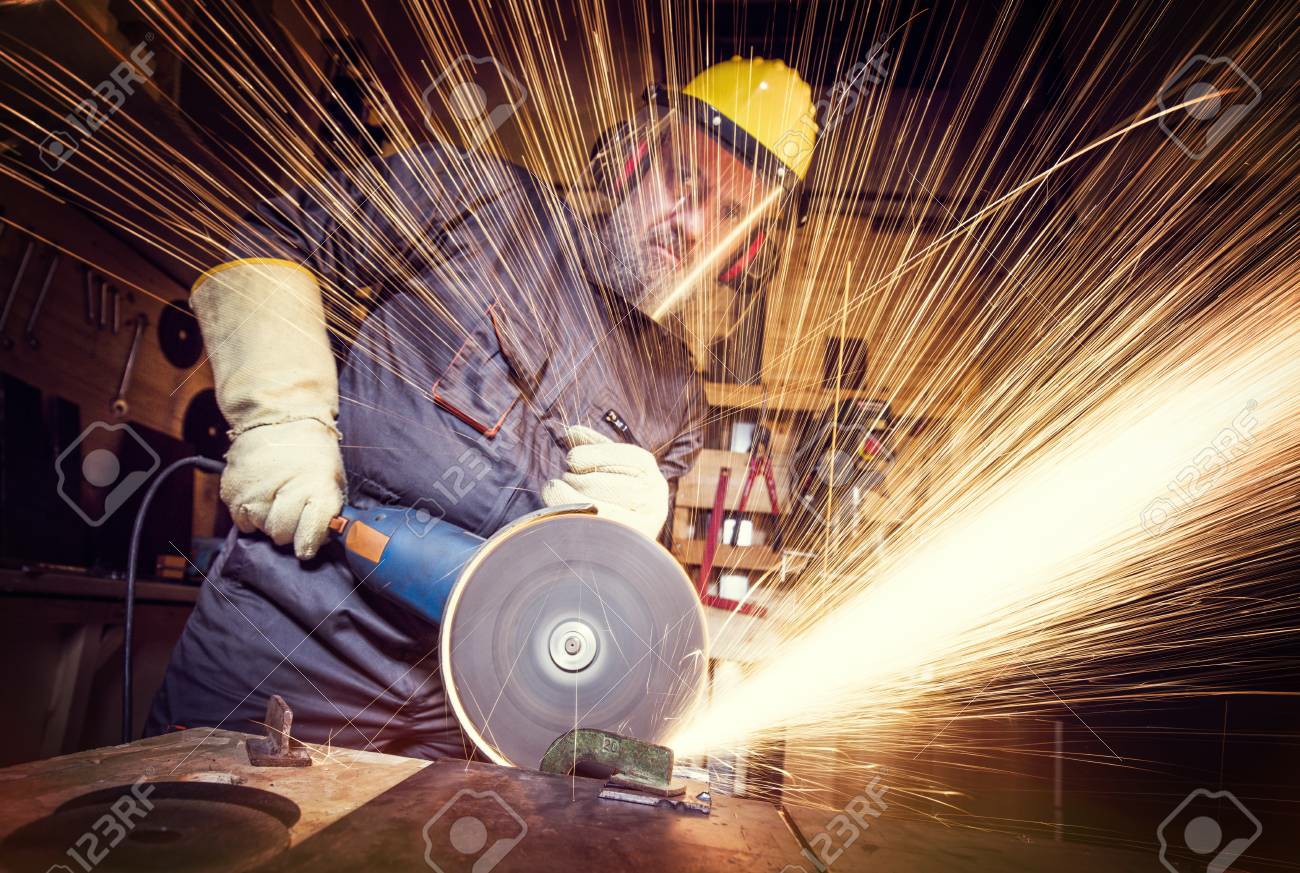Navigating the Hazards of Abrasive Wheels: Training as Your Best Defense
In many industrial settings, the use of Abrasive Wheels is common and often necessary. However, with their widespread application comes significant safety risks that can lead to severe injuries or even fatalities if not properly managed. Understanding these risks and ensuring that workers receive comprehensive training is imperative for fostering a safe working environment.
Common Safety Risks When Using Abrasive Wheels
The risks associated with Abrasive Wheels can be categorized into several critical areas:
- Wheel Breakage: Abrasive Wheels can break due to excessive force, improper storage, or manufacturing defects, posing a serious hazard.
- Improper Mounting: Incorrectly mounted wheels can become dislodged during operation, which can lead to accidents.
- Inadequate Guarding: Without proper guarding, there is an increased chance of exposure to flying debris.
- Lack of Personal Protective Equipment (PPE): Failing to use appropriate PPE—such as safety goggles, gloves, and face shields—can result in injuries from flying particles.
The Importance of Abrasive Wheels Training
Training is the first line of defense against these hazards. Here are some ways in which comprehensive training can mitigate risks:
- Identifying Hazards: Workers must be trained to recognize potential hazards associated with Abrasive Wheels and how to address them proactively.
- Proper Use of Equipment: Training ensures that personnel are familiar with how to correctly handle and operate Abrasive Wheels, reducing incidents caused by equipment misuse.
- Understanding Protective Equipment: Proper training emphasizes the importance of using appropriate PPE and other safety measures while operating Abrasive Wheels.
- Effective Risk Mitigation Strategies: Implementing procedures for regular maintenance checks and ensuring compliance with safety standards can significantly reduce risks.
Real-Life Case Studies: Accidents Prevented Through Training
Numerous incidents highlight the significance of proper training and adherence to safety measures:
- Case Study 1: At a fabrication plant in Dublin, workers were provided with certified Abrasive Wheels training, which included hands-on demonstrations and safety protocols. When an abrasive wheel failed during operation, trained employees were able to execute emergency stop procedures, preventing injuries and minimizing the risk of further damage.
- Case Study 2: A company in Cork faced a potential incident when an employee incorrectly mounted a wheel. However, thanks to the implementation of comprehensive training on safe practices, supervisors noticed the error before it could lead to a serious accident.
Best Practices for Abrasive Wheel Safety
To enhance safety when using Abrasive Wheels, consider these best practices:
- Conduct Regular Safety Training: Enroll employees in an Abrasive Wheels Safety Course to ensure their skills are up-to-date.
- Perform Routine Inspections: Implement a checklist for daily equipment checks to identify potential risks before they escalate.
- Ensure Proper Guarding: Regularly inspect safety guards and protective equipment to ensure they are installed and functioning correctly.
- Document and Review Procedures: Keep records of training and safety inspections to review and improve safety practices continually.
Conclusion
The risks associated with Abrasive Wheels can be daunting, yet they can be effectively managed through proper training and adherence to safety protocols. Investing in certified Abrasive Wheels training not only equips employees with crucial knowledge and skills but significantly enhances the overall safety culture within the workplace.
To learn more about how to effectively manage Abrasive Wheels safety in your workplace, consider enrolling in an Abrasive Wheels Course Online. Contact us at [email protected] for more information on available courses, including those offered in Dublin, Cork, and Galway!



 349,500 Offered Certificates
349,500 Offered Certificates
 24/7 Online Training
24/7 Online Training
 Money Back Guarantee
Money Back Guarantee
 Fully Accredited Courses
Fully Accredited Courses
